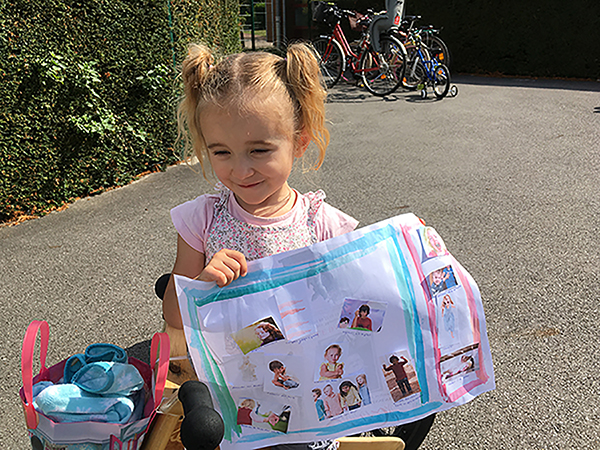Healthy self-expression through transitions.
A new home, a new city, a new teacher, a new school, a new language.
Every transition of life brings along with it new stressors. And somewhere along the process you are going to need conflict resolution skills. Accumulated stressors will leave you prone to angry outbursts. While natural, they will not help you make your case. To fight injustice, you’ll need a clear head and a calm demeanor. As they say, gentleness is a tree of life.
How do you get there from here?
Don’t blame the new home, city, teacher, school or language. I know it’s tempting, but things like this happen in your old context as well, the difference is that then you had more stable coping mechanisms compared to today when your stressors are stacking up near tipping point.
When my daughter was two and a half years old she joined preschool with all the other kids her age in town. She LOVES structured activities. I couldn’t keep up with her at home; she would whiz through the activities I had prepared in faster than I could create another, so I was really glad that she could benefit from the socialization and the activities already programmed. From day one she LOVED school, she would bounce out of bed get herself dressed, leave the house early enough to play as she walked along. But there was this thing…
Each day when I would pick her up from school the teacher would pull me aside and tell me about how my daughter was acting out that day. And every day the naughtiness was different from the day before. Pushing, grabbing, screaming at the top of her lungs, running out the room & down the hall, hiding under the bunk beds. Every pick-up the same adamant request from the teacher, “You must have a conversation as a family tonight, I cannot have [insert naughty behavior here] in my class.” So, to my daughter’s credit, she didn’t repeat the same thing, but day after day she was confronted with the same triggers and day after day she acted out in new and creative ways.
In the heat of the moment, at the tip of the breaking point, she forgot her best manners and she exploded. The Gentleness Game is the exercise that broke the cycle. There were lots of discussions about respect and a we also played The Respect Game. But for her this was the last building block in a strong foundation that gave her the resources she needed to voice injustice and not repay evil with evil.
I listed the actions and outbursts that she needed to replace. Then I listed twice as many actions that she was permitted to do instead. The actions need to communicate something, in her case they needed to express, “No fair, I disagree.” It is very important for the options to be numerous so that when your brain hits a trigger and reaches into the drawer to pull out a reaction it has a better chance of blindly choosing one that is healthy. I don’t recommend trying to replace five negative reactions with one ideal goal; if you give yourself choices you are more likely to own the decision to change.
My tiny tot couldn’t read so I printed stock photos of her actions. In Montessori spirit I cut them out and let her pick up the one we were discussing, move it to the gentle category or the harsh category, play charades, and role play scenarios.
*Note* If a new language is one of your stressors, then I will work with you to innovate language-free ways to communicate. You don’t have to have studied neuroscience to have experienced that when you have an emotional response, words get stuck in your throat. Knowing that you would be more adept to express yourself in your mother tongue only exasperates the affaire. So, we will work together to create non-verbal responses that will get you the desired response. There is so much going on in the brain that is important to factor in, if you make the new language the culprit, you risk creating a new blockage and a new reason to hate that language.
—UPDATE— During the coronavirus quarantine of 2020 my daughter, turning seven years old, asked to get out The Gentleness Game. It’s an exercise that I created for kids going through transitions that fills their creative toolbox with coping mechanisms and ways to communicate injustice and regain respect without lashing out. It’s tailored to each situation. We talk about the inappropriate behavior and print stock photos to represent them. Then we brainstorm twice as many appropriate behaviors that would be more effective in their fight for justice. We involve cards, motions, chanting, charades and role play to rewire our circuits until the chosen reaction become the new normal.
As we were playing the card game, I was asking her if there were any new actions that she would like to add. Perhaps, I thought, she has learned new calming methods since three and a half years ago. No, she said, and kept playing. I ventured further, “Some people like to go to their rooms to calm down for example. Do you think that would be a good option for you sometimes?” “No, that doesn’t work for me,” she said matter-a-factly. And you know, she’s right. That has never worked for her; going to her room only exasperates her. None-the-less, I was rather astounded at what perspicacity she has to see it. And for whatever reason, we, parents, still try to insist that she go to her room. A calming method she clearly has identified does not work for her, but we hadn’t identified that yet.




